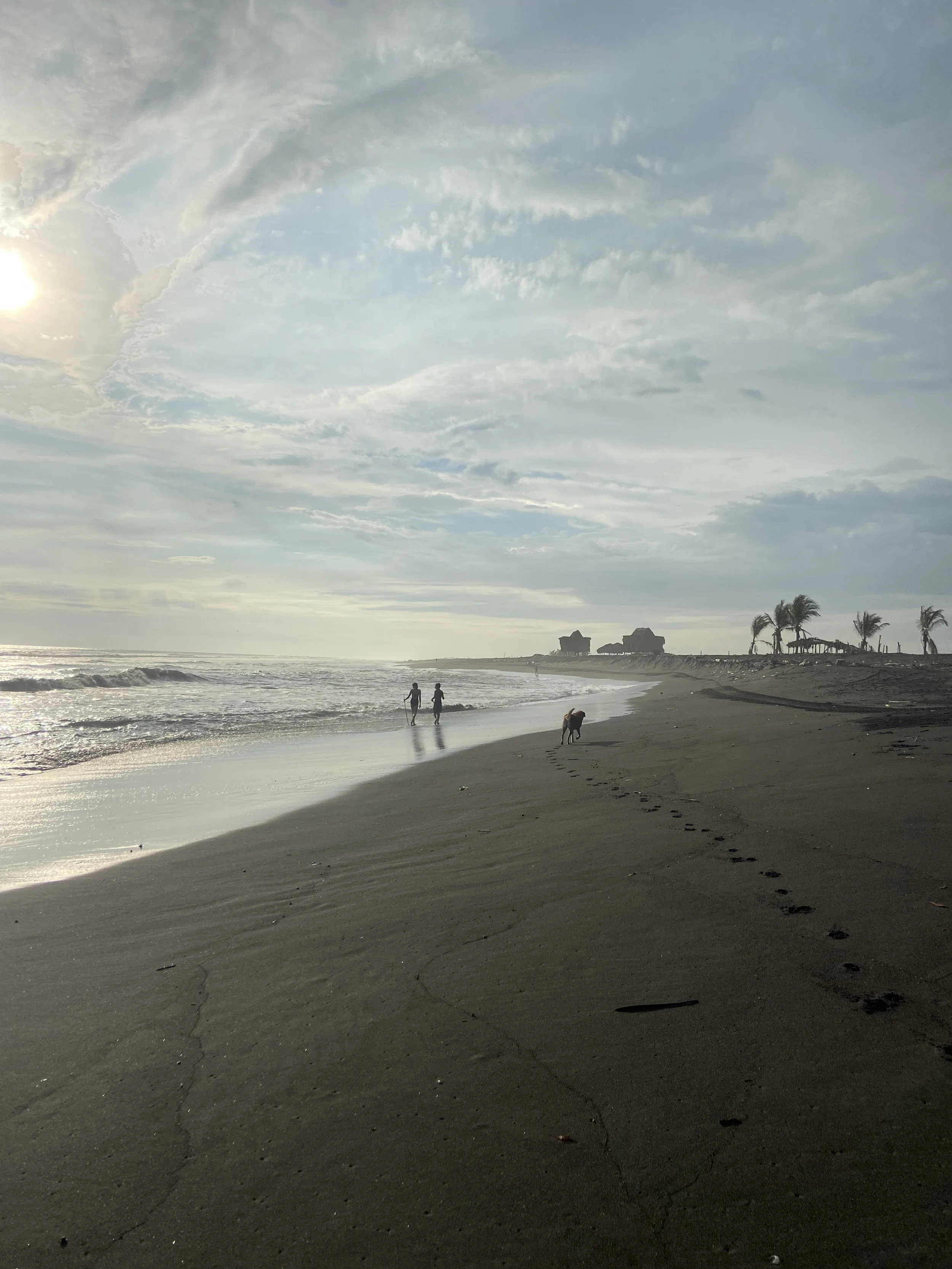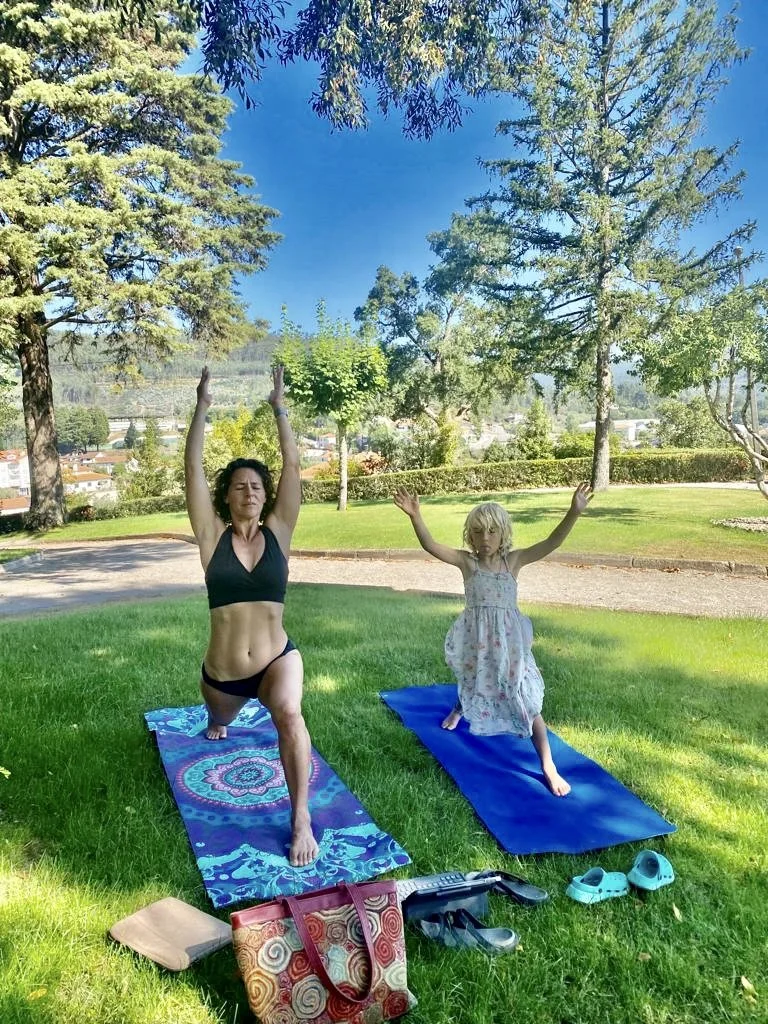Complete The Stress Response Cycle
Have you ever tried to think your way out of a situation? Have you tried to analyze and do mental math? Have you tried to problem-solve? And NONE of it works… Sometimes we need to tap into a different part of our mind to solve our pains and traumas. Sometimes we need to dive into something that is less doing and more being. More physical. More experiential. More connected to an instinctual raw part of ourselves. Sometimes we can not access change with our thinking and doing brains.
And this is hard because society has programmed us to be so rational, but going inside the body holds some very profound tools. In society, our stress cycle often gets thwarted and we get stuck with energy inside the body connected to the fight/flight/freeze cycle.
We all feel stress in modern society, maybe the tiger isn’t running after you, but there are lots of variations of stress. Some stress can look like: not-having-enough-time-to-finish-work-stress, make-dinner-and-be-present-with-family-stress; fighting-with-teenage-son-stress; value-conflict-with-your-partner-stress; feeling-misunderstood-and-alone-stress; pandemic-stress; money-stress; physical-intimidation-stress; institutionalized-racism-stress; sexism-stress; traffic-stress; fearful/unknown-situations-stress; media-bombardment-stress, etc… There is a lot of stress that we sometimes don’t even recognize as stress because it feels tangential. But we carry it in our bodies. According to Peter Levine, the founder of Somatic Experiencing and one of the most influential trauma specialists in the world, we carry trauma because the stress cycle is interrupted. Psychological trauma can happen to anyone when they perceive a situation as a threat and are unable to complete a satisfactory fight, flight, or freeze response.
Non-human animals lack higher brain functions that humans utilize to explain reality. We ask why. We make up theories. We think “if only” or “what if” and the painful memories take up residence in our bodies. Our language, thoughts, and feelings are like the “save” function on our devices.
Unlike humans, wild animals find a safe place, experience the trauma from start to finish and their nervous system discharges the fright. And this is what scientists like Peter Levine have discovered: when trauma is contained and experienced from start to finish, the nervous system discharges the memory.
The traumatic event isn’t what causes long-lasting trauma, it is the overwhelming trapped response to the perceived life threat that is causing an imbalanced nervous system. And in modern society, we don’t encounter lions and tigers instead, we have stress responses to traffic, deadlines, childcare disasters, overloaded schedules, mean bosses, ungrateful kids, etc…
When we face anything the brain perceives as a threat, stress is the body's natural response. If we can move all the way through the stress response cycle, we stay healthier. “The good news is that stress is not the problem. It’s how we deal with stress—not what causes it—that releases the stress, completes the cycle, and ultimately, keeps us from burning out. You can’t control every external stressor that comes your way. The goal isn’t to live in a state of perpetual balance and peace and calm; the goal is to move through stress to calm, so that you’re ready for the next stressor, and to move from effort to rest and back again,” say Amelia and Emily Nagoski, in their book, Burnout: The Secret to Unlocking the Stress Cycle.
The Nagoski sisters recommend several ways to complete the stress response cycle by engaging in activities that mimic what our primal selves would do when they experienced a threat. (Remember we are all different and need different things to complete the cycle. Experiment and see what works for you).
Physical Activity! Exercise, go to the gym, go on a walk, run, dance… The point is you have to use your body. Since stress is physical, physical activity is a big part of ending stress cycles. And if you can’t engage in exercise, try tensing all of your muscles and holding for a slow count of ten and then relaxing.
Seek safety. Seeking comfort from a trusted friend or loved one mimics the safety found upon returning home. They recommend a 20-second hug. A minimum of twenty seconds will trigger the release of oxytocin, sometimes called the “cuddle hormone.” Your heart rate will slow and you will have an increased feeling of comfort and well-being. Or try John Gottman’s famous 6-second kiss.
Sleep. A full night’s sleep is one of our most potent and essential restorative activities.
Get Creative. Make something. Do you like to knit, paint, sing, write, or play with clay? Whatever creative inspiration you have, do it. You can even imagine making something. Using your imagination is another way to let go.
Laugh. Especially when you laugh together with others, laughter is a way to release and express all the emotions we’re keeping inside. Emotions are like tunnels. If you go all the way through them, you get to the light at the end. Laughter helps with this, as does recalling a funny story that made you laugh.
Cry. Crying is one of our body’s mechanisms to release stress. Crying doesn’t cure whatever is the stressor but completes the cycle if you allow it to. We have been trained that “big girls don’t cry.” Don’t think about why you are crying or try to stop yourself. Just attend to the physical experience of crying.
Breath. Find a breathing tool that resonates with you. Here's a simple one: breathe in slowly for five seconds, hold that breath for five more seconds, and exhale for ten seconds. Just a few minutes of this practice can calm down your vagus nerve and complete your fight-or-flight stress response.
Connect with Nature. Whether you go out and look at trees or play with your dog. Nature holds a key to completing the stress cycle.
Are you interested in working on your personal development? Are you looking for a life coach or a life consultant? Are you feeling stagnant? Do you want to jumpstart change?
My transformational approach is a process where awareness, alignment, and action work together as catalysts to create momentum for change.
*Awareness is knowing what you genuinely want and need.
*Alignment is the symmetry between our values and our actions. It means our inner and outer worlds match.
*Action is when you are conscious that what you say, do and think are in harmony with your values.
Together we build an understanding of what you want to accomplish, and delve deeply into building awareness around any thoughts and assumptions that you may already have. To truly transform your life, I will empower you to rethink what’s possible for you.
__
Learn more about my approach to life consulting and relationship coaching here or get in touch for your free 30-minute consultation here! Don’t forget to follow along @LilyManne on social for more regular updates!


